We will send you an email to reset your password.
One of the many gods in the pantheon of Hindu mythology is Lord Ganesha, who is perhaps the most well-known.
A great way to introduce your kids to Lord Ganesha is to share his stories from the trove of mythology.
1. How did Lord Ganesha get his elephant head?
Shiva wanted to enter his house while Parvati took a bath and Ganesha guarded the entrance. However, Ganesha blocked him from entering. Shiva entered the home enraged, cutting off Ganesha's head. Lord Shiva was then asked to go down the Himalayas, cut off the head of the first animal he saw, and splice it into Ganesha's headless body.
And that's how Lord Ganesha came to have the elephant's head and thus, infinite wisdom.
Check out the video: How did Lord Ganesha get his Elephant Head?
Moral: While this story does discuss birth, it also imparts valuable lessons about how anger may hurt our loved ones and the importance of making amends as soon as possible.
2. The Curse of the Moon
Embarrassed and enraged, God Ganesha cursed the moon because of his satirical laughter. Seeing the moon humiliate him, he cursed it, making it completely invisible. Realizing its mistake, the moon began to ask Ganesha for forgiveness. But the curse cannot be reversed once it has been given. In order to minimize the curse, Lord Ganesha came up with a solution.
Check out the video: Lord Ganesha and the moon story
Moral: One should never make fun of someone else's difficulties or physical flaws. This is rude and not indicative of good behaviour.
3. The Story Of Kaveri’s Creation
It all started with the wish of a sage by the name of Agastya, who wished to build a river for the benefit of those living in the southern territories. The Gods granted his request and gave him a little bowl filled with water. Wherever he would pour the bowl, the river would originate from there.
Check out the video: Lord Ganesha brings river Kaveri to Earth
Moral: It is not always the case that the things we want work out the way we wish. However, what happens does happen for a good reason.
4. The Story Of Ganesha’s Wisdom
Kartikeya and Ganesha were both longing for 'the fruit of knowledge'. So, Lord Shiva challenged both sons to go around the world three times and come back. Kartikeya took off on his peacock while Ganesha's vehicle was a little mouse. Then he circled around his parents and told them that the world lies beneath their feet.
The fruit was given to Ganesha by Shiva and Parvati because they were impressed with his answer!
Check out the video: The story of Lord Ganesha's wisdom
Moral: This tale teaches you to respect and love your parents and serves as a wonderful example of how applying your intelligence may help you handle a problem wisely. The use of knowledge and intelligence always triumphs over the use of force. Wisdom and intelligence always wins over physical might, always.
5. The Story Of The Missing Conch
The conch Vishu had with him went missing one day. He soon realised that the sound was coming from the mountain, and then learned that Lord Ganesha had taken the conch. Since Lord Ganesha is not one to relent easily, he sought out Shiva and asked him to request Ganesha to return the conch back to him.
Shiva said he, too, lacked the power to influence Ganesha's wishes and the only way to appease him was to perform puja to him. So, Lord Vishnu did that.
Check out the video: Lord Ganesha and Vishnu's missing conch
Moral: The narrative depicts the humorous side of Lord Ganesha and his antics in a very interesting way. The fact that God, who is as great as Vishnu, did not hesitate to worship Ganesha also teaches us about humility.
Ganesha - The Genius Puzzle from Aurva, The unique tales of child deities from Hindu Mythology have been specially created for kids to Discover, Learn and Enjoy. The story behind Lord Ganesha's clever victory over his brother Karthikeya is revealed through this puzzle. This God Ganesha's puzzle is brought to you with the hope it will engage the Little Cuties in your house, assisting them in learning, exchanging and reveling in the cultural glory of India.



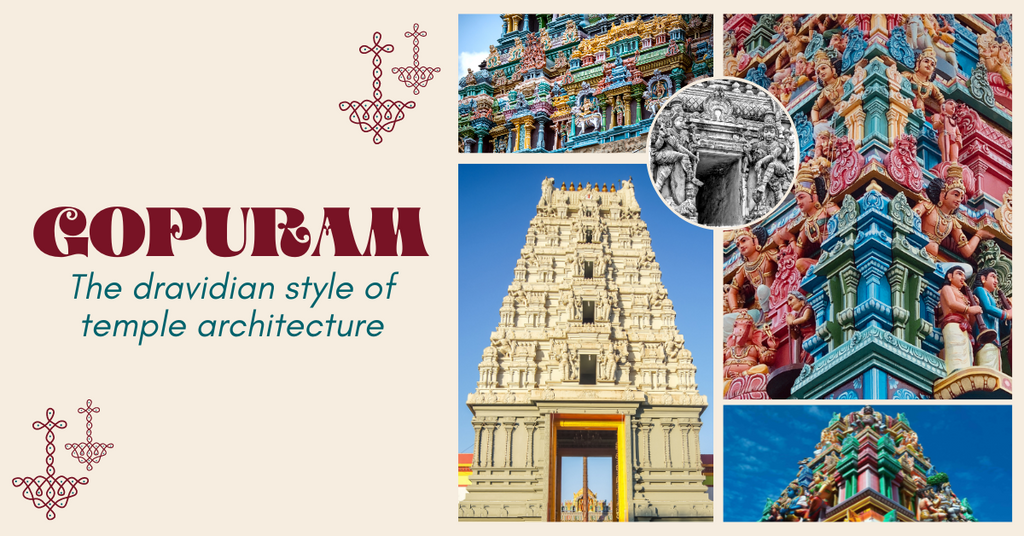
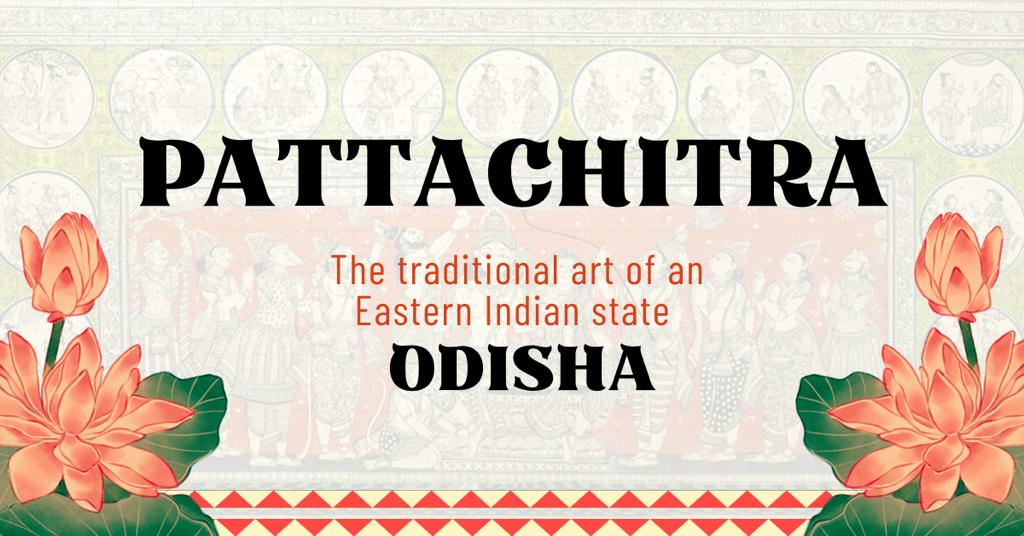
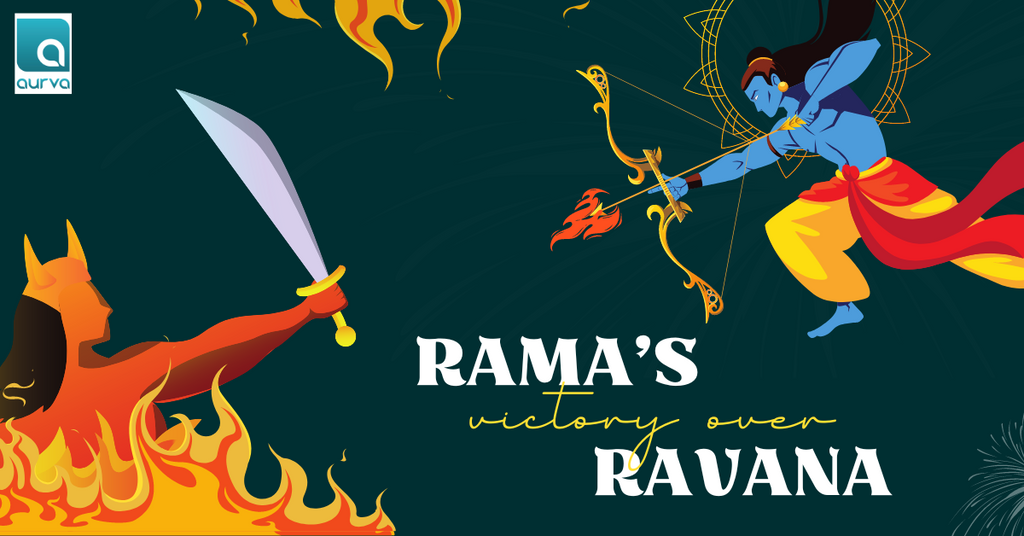

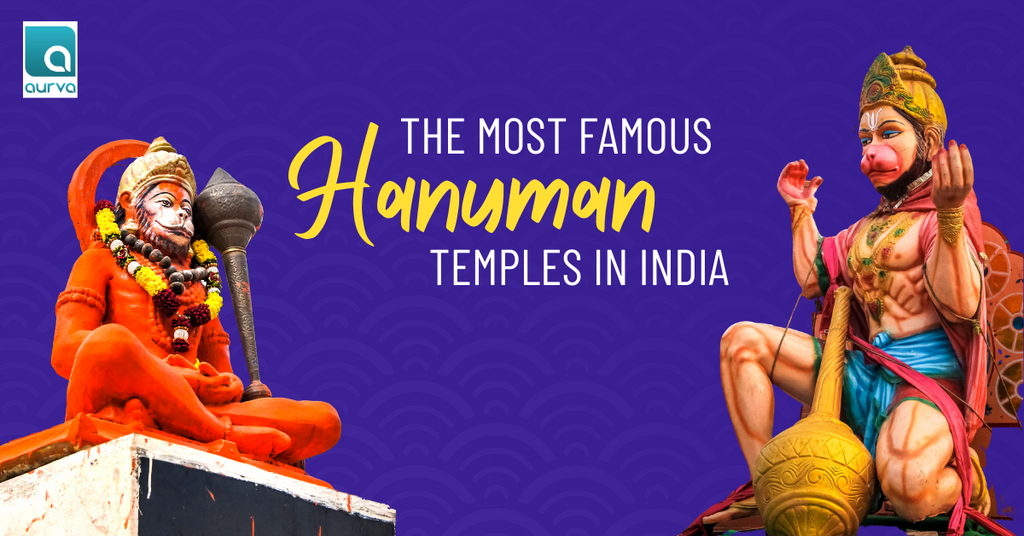
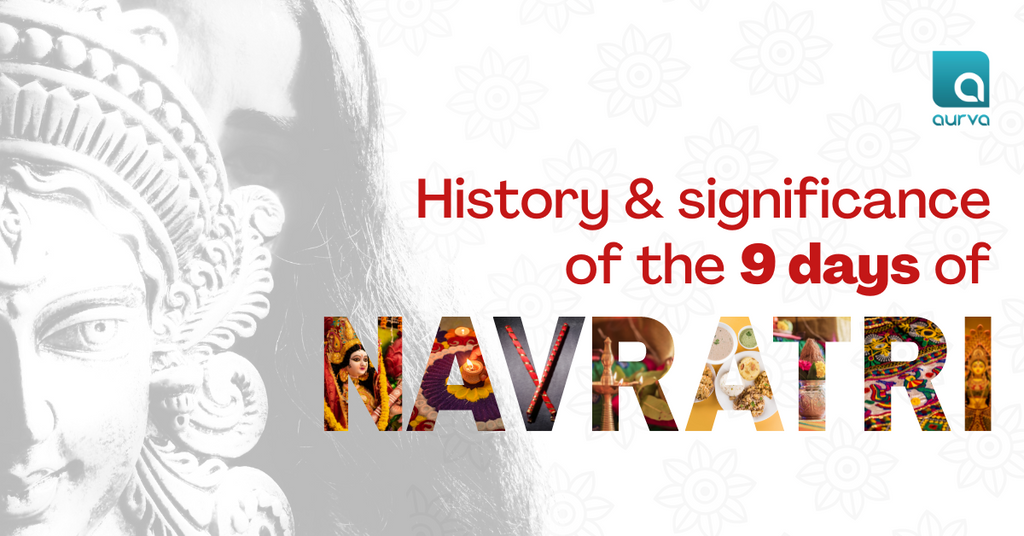

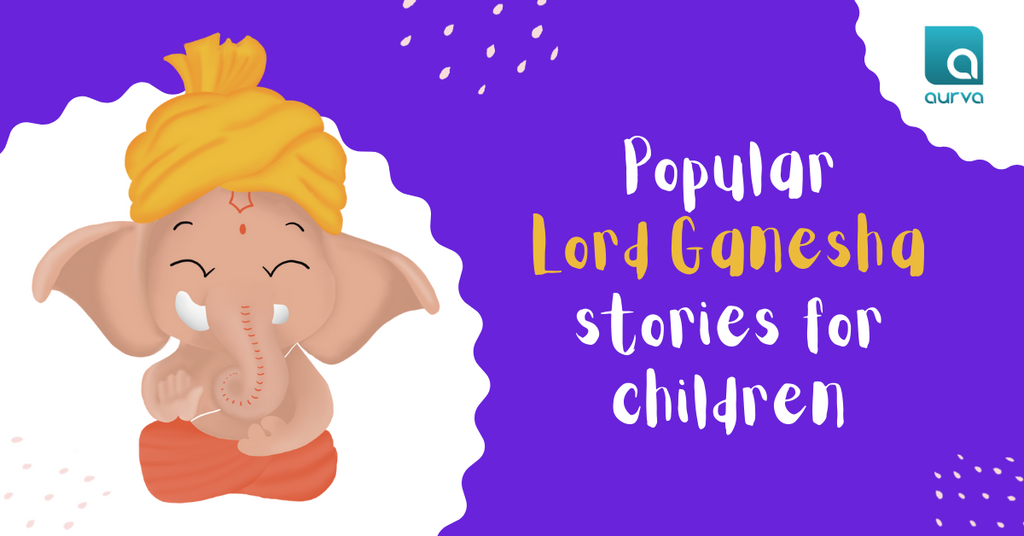



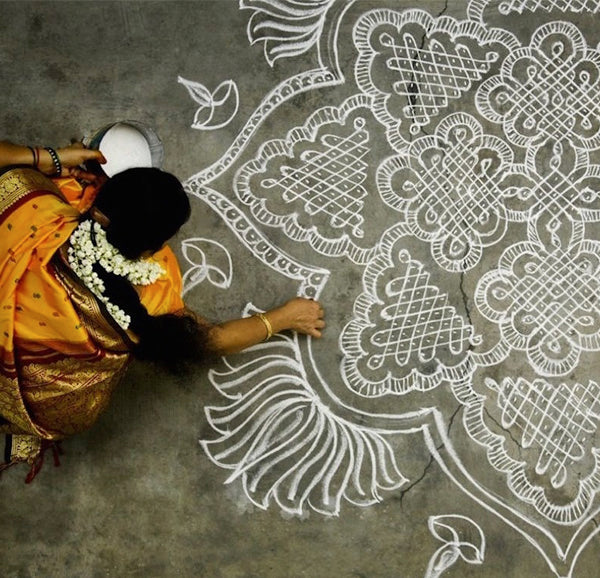

Leave a comments